Compared: Google's Pixel 3a XL vs. Apple's iPhone 7 Plus
Google's Pixel 3a XL can't compete from a performance standpoint with anything Apple has released from the last two years. It is more similar in silicon, and price, to the three year old iPhone 7 Plus, so which one should you pick up?

iPhone 7 Plus vs Pixel 3a XL
Last week AppleInsider published a comparison between the iPhone XR vs Google Pixel 3a XL. Comparing a $399 smartphone to a $750 smartphone was a bit unfair, so today we're comparing Google's offering to Apple's iPhone 7 Plus. The iPhone 7 Plus as of making this video costs around $579 brand new from Apple, but you can find carrier offers below $250, or used or refurbished models anywhere around $350 to $450.

The iPhone 7 Plus packs a 5.5-inch LCD display and a resolution of 1920-by-1080 at 401 PPI. The screen also supports P3 color gamut so color and brightness is good. It has Touch ID and we'll be comparing how it performs against the Pixel's fingerprint reader. It's also IP67 splash, water and dust resistant.
Around back, it packs a dual 12MP camera which allows for hardware portrait mode. And just like the Pixel 3a, it doesn't have wireless charging, It comes in a few finishes: Black, Jet Black, Silver, Gold, and Rose Gold.
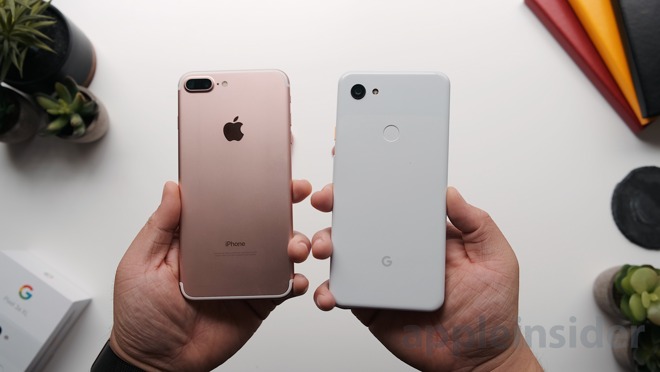
The Google Pixel 3a XL has a Qualcomm Snapdragon 670 processor coupled with the Adreno 615 GPU. It has 4GB of RAM and 64GB of internal storage.
The XL packs a 6-inch OLED display and a resolution of 2160-by-1080 which translates to 402 ppi. Unlike its bigger flagship brother though, the Pixel 3 XL, the Pixel 3a XL doesn't have a notch and it only packs a single selfie camera instead of two. The Pixel 3a doesn't have wireless charging, and IP water resistance. But it does have a 3.5mm headphone jack which the iPhone 7 Plus doesn't offer. It comes in three different colors, Just Black, Clearly White, and Purple-ish.
In GeekBench we got a single core score of 1603, and a multi core score of 5173 for the Pixel 3a, and for the iPhone 7 Plus we received a single core score of 3520, and a multi core score of 5912. The iPhone's single core and multi-core score is still higher than the Pixel 3a despite it being a three year old device -- and again, given most software only utilizing a single core, like the Pixel 3a, you can feel it in day-to-day operation.
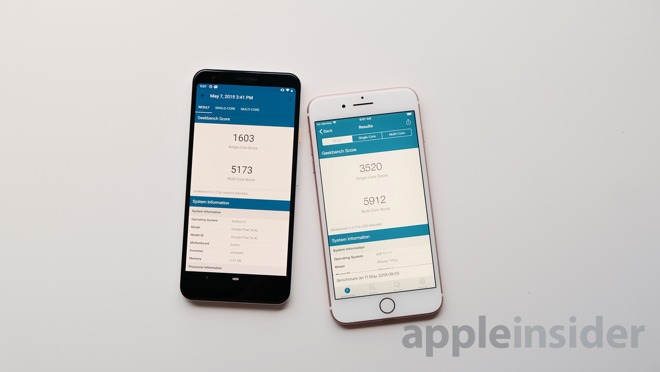
Pixel 3a vs iPhone 7 Plus Geekbench Scores
This may vary somewhat, though, depending on what you're doing. For general use like playing games and surfing the web, both are bit more enjoyable on the iPhone versus the Pixel. Frame rates on the iPhone 7 Plus rarely dropped and the speakers a lot better than on the Pixel which ultimately made the experience a lot better.
Fingerprint recognition is a mixed bag. The time to unlock for the iPhone 7 Plus is slower, but that appears to be mostly unlock animations. For other authentications, like app purchases TouchID is faster.
When making the choice, it really depends on what kind of camera you're looking for. In certain scenarios the iPhone photos look better, but in some photos the Pixel 3a's photo look a lot better.
The Pixel 3a also features Night Sight which allows you to capture incredible low light photos whereas the 7 Plus struggles in low light photography -- a fact not lost on Google, as that one scenario is being focused upon in advertising for the device.
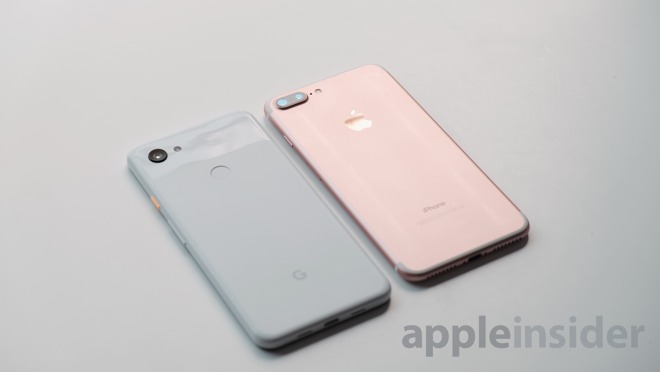
iPhone 7 Plus vs Pixel 3a XL Cameras
For video, both phones can record video up to 4K at 30p but the Pixel's advance hardware coupled with software stabilization looks better than the optical stabilization on the 7 Plus.
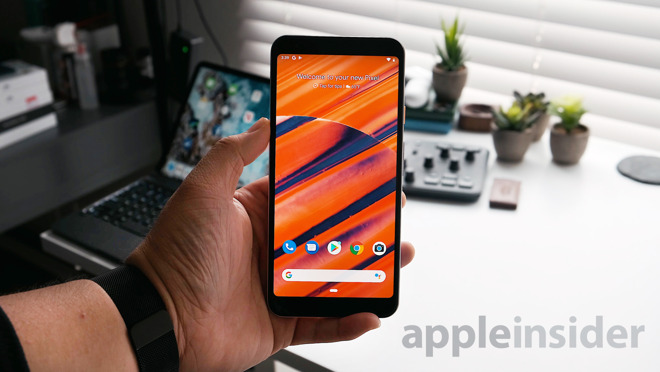
Google Pixel 3a XL's OLED Display
The speakers on the iPhone 7 Plus get loud, and don't distort or lose bass characteristics at higher volumes. The Pixel 3a gets loud, but it lacks bass in some areas and it's not as full as the iPhone XR. Google's phone sounds tinny at higher volumes which we're not fans of.
The Pixel 3a doesn't feel cheap, though it's still a relatively good feeling phone, but we prefer the 7 Plus's more premium build over the polycarbonate on the Pixel 3a XL.
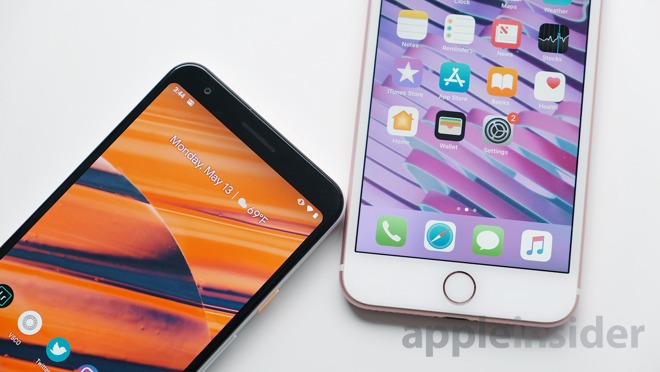
Pixel 3a XL and iPhone 7 Plus
Overall, the $479 Pixel 3a XL is not a bad phone for its price, it runs Android 9.0 Pie, and since it's a Pixel device it will receive all the latest updates first.
The iPhone 7 Plus was once Apple's flagship device, and now competes with mid range handsets in 2019. Its speakers are really loud and clear, it's IP67 certified, and it features a dual camera setup.
The Pixel 3a XL has a great camera that offers amazing low light photos, but given that the performance is similar to a three year old iPhone, and it comes in a polycarbonate shell, there are some compromises. So if we were to forced choose between the two phones, we'd pick up the iPhone 7 Plus instead due to its solid build quality, performance, and price.
Meanwhile, the Google Pixel 3a XL can be ordered on Amazon or B&H Photo for $479. B&H is throwing in a free $100 eGift card and three months of unlimited talk and text plus 8GB data per month on the Mint Mobile Network for added value. Units are in stock and ready to ship.
iPhone 7 Plus vs Pixel 3a XL
Last week AppleInsider published a comparison between the iPhone XR vs Google Pixel 3a XL. Comparing a $399 smartphone to a $750 smartphone was a bit unfair, so today we're comparing Google's offering to Apple's iPhone 7 Plus. The iPhone 7 Plus as of making this video costs around $579 brand new from Apple, but you can find carrier offers below $250, or used or refurbished models anywhere around $350 to $450.

iPhone 7 Plus vs Google Pixel 3a XL
The iPhone 7 is from 2016 but its internals match the Pixel 3a in some ways when it comes to performance. Inside the iPhone 7 Plus is Apple's A10 Fusion chip, with 3GB of RAM, and 32GB or 128GB of storage. It supports the latest iOS12 version, and it will most likely support Apple's upcoming iOS version this fall.The iPhone 7 Plus packs a 5.5-inch LCD display and a resolution of 1920-by-1080 at 401 PPI. The screen also supports P3 color gamut so color and brightness is good. It has Touch ID and we'll be comparing how it performs against the Pixel's fingerprint reader. It's also IP67 splash, water and dust resistant.
Around back, it packs a dual 12MP camera which allows for hardware portrait mode. And just like the Pixel 3a, it doesn't have wireless charging, It comes in a few finishes: Black, Jet Black, Silver, Gold, and Rose Gold.
The Google Pixel 3a XL has a Qualcomm Snapdragon 670 processor coupled with the Adreno 615 GPU. It has 4GB of RAM and 64GB of internal storage.
The XL packs a 6-inch OLED display and a resolution of 2160-by-1080 which translates to 402 ppi. Unlike its bigger flagship brother though, the Pixel 3 XL, the Pixel 3a XL doesn't have a notch and it only packs a single selfie camera instead of two. The Pixel 3a doesn't have wireless charging, and IP water resistance. But it does have a 3.5mm headphone jack which the iPhone 7 Plus doesn't offer. It comes in three different colors, Just Black, Clearly White, and Purple-ish.
Raw performance is comparable
In terms of overall raw performance, the iPhone 7 Plus with its A10 Fusion chip is comparable to the Qualcomm Snapdragon 670 on the Pixel 3a XL.In GeekBench we got a single core score of 1603, and a multi core score of 5173 for the Pixel 3a, and for the iPhone 7 Plus we received a single core score of 3520, and a multi core score of 5912. The iPhone's single core and multi-core score is still higher than the Pixel 3a despite it being a three year old device -- and again, given most software only utilizing a single core, like the Pixel 3a, you can feel it in day-to-day operation.
Pixel 3a vs iPhone 7 Plus Geekbench Scores
This may vary somewhat, though, depending on what you're doing. For general use like playing games and surfing the web, both are bit more enjoyable on the iPhone versus the Pixel. Frame rates on the iPhone 7 Plus rarely dropped and the speakers a lot better than on the Pixel which ultimately made the experience a lot better.
Fingerprint recognition is a mixed bag. The time to unlock for the iPhone 7 Plus is slower, but that appears to be mostly unlock animations. For other authentications, like app purchases TouchID is faster.
Dual lens array is superior?
Both of these devices have 12-megapixel sensors for its camera in the back, and both do incredibly well in daylight. The iPhone 7 Plus features the dual camera array which allows for 2x zoom and the camera produces a more subtle, and neutral looking photos, while the Pixel 3a offers a much more contrasty, sharper image.Google Pixel 3a XL
When making the choice, it really depends on what kind of camera you're looking for. In certain scenarios the iPhone photos look better, but in some photos the Pixel 3a's photo look a lot better.
iPhone 7 Plus
The Pixel 3a also features Night Sight which allows you to capture incredible low light photos whereas the 7 Plus struggles in low light photography -- a fact not lost on Google, as that one scenario is being focused upon in advertising for the device.
iPhone 7 Plus vs Pixel 3a XL Cameras
For video, both phones can record video up to 4K at 30p but the Pixel's advance hardware coupled with software stabilization looks better than the optical stabilization on the 7 Plus.
OLED will always be better than LCD
When it comes to its display we think that the Pixel 3a's OLED is far superior to the iPhone 7 Plus's Retina HD LCD display. Blacks are inky black on the Pixel 3a, the colors are way better, and the viewing angles are much better in our opinion. That's not to say that the iPhone's display is bad, thought -- OLED is well-optimized for most mobile implementations.Google Pixel 3a XL's OLED Display
The speakers on the iPhone 7 Plus get loud, and don't distort or lose bass characteristics at higher volumes. The Pixel 3a gets loud, but it lacks bass in some areas and it's not as full as the iPhone XR. Google's phone sounds tinny at higher volumes which we're not fans of.
Three year old iPhone versus 2019 mid-range Android Q
In terms of build quality and design, the overall footprint of the iPhone 7 Plus is comparable to the Pixel 3a XL. The iPhone 7 Plus is enclosed in an all aluminum casing which feels premium. It's a lot nicer than polycarbonate housing on the Pixel 3a.The Pixel 3a doesn't feel cheap, though it's still a relatively good feeling phone, but we prefer the 7 Plus's more premium build over the polycarbonate on the Pixel 3a XL.
Pixel 3a XL and iPhone 7 Plus
Overall, the $479 Pixel 3a XL is not a bad phone for its price, it runs Android 9.0 Pie, and since it's a Pixel device it will receive all the latest updates first.
The iPhone 7 Plus was once Apple's flagship device, and now competes with mid range handsets in 2019. Its speakers are really loud and clear, it's IP67 certified, and it features a dual camera setup.
The Pixel 3a XL has a great camera that offers amazing low light photos, but given that the performance is similar to a three year old iPhone, and it comes in a polycarbonate shell, there are some compromises. So if we were to forced choose between the two phones, we'd pick up the iPhone 7 Plus instead due to its solid build quality, performance, and price.
Where to buy
Apple's iPhone 7 Plus can be purchased on eBay for under $350 in new condition.Meanwhile, the Google Pixel 3a XL can be ordered on Amazon or B&H Photo for $479. B&H is throwing in a free $100 eGift card and three months of unlimited talk and text plus 8GB data per month on the Mint Mobile Network for added value. Units are in stock and ready to ship.

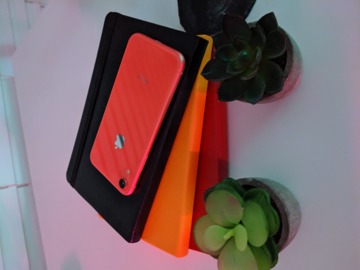
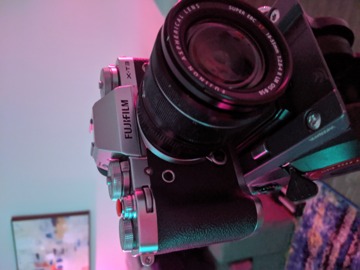

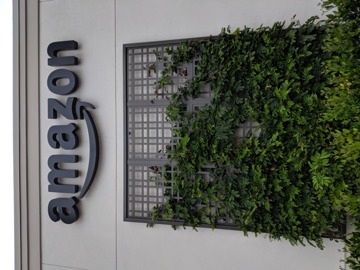
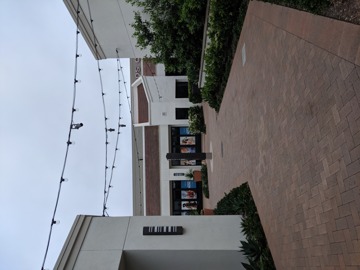
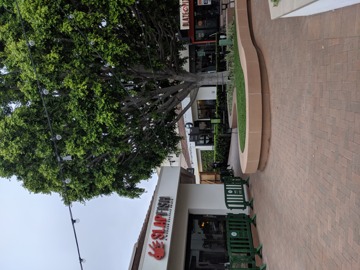
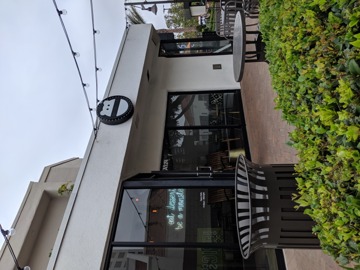
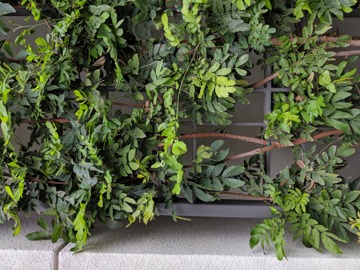
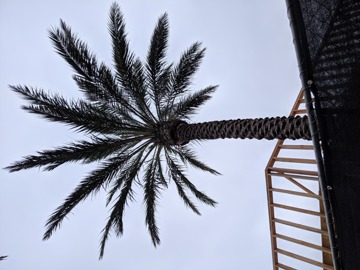

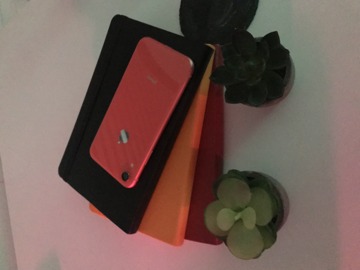
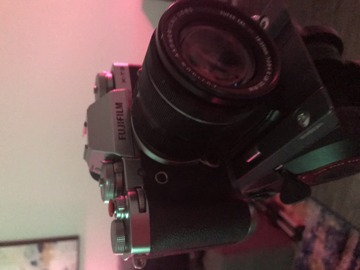

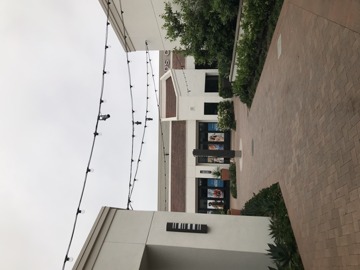
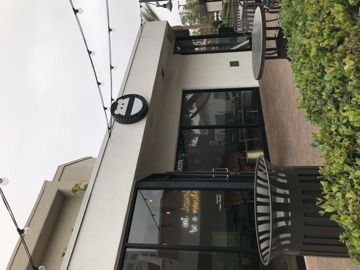


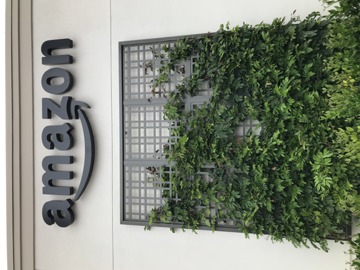
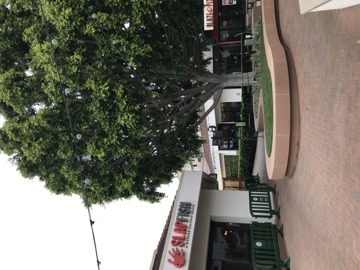

Comments
If price is your main constraint and you're looking for the best value at the mid-range price level, the iPhone 7 wins out handily in day-to-day use -- and frankly most carriers are offering even more attractive deals on the iPhone 8, which is even better.
It's a bit higher priced than that from Apple. and for whatever reason you're comparing the price for a smaller iPhone 7 to the larger Pixel 3a XL? Tricky, unless it was a simple mistake. You were doing so good too, no real issue up to that point.
Apple iPhone 7 from Apple Store - $449
Google Pixel 3a from Google Store - $399
Apple iPhone 7 Plus from Apple Store - $569
Google Pixel 3a XL from Google Store - $479
If you're simply looking for the least expensive new price for each the Pixel 3a is available from Best Buy for $299 new
https://www.bestbuy.com/wireless/transaction-types?skuId=6347787&purchaseType=FULL_SRP&numberOfPayments=1#/carriers
while the least expensive NEW iPhone 7 on eBay looks to be the $279, but with an odd "AT&T CLEAN IMEI" mention which would give me pause. Not a great seller rating either.
https://www.ebay.com/itm/Apple-iPhone-7-32GB-Black-AT-T-A1778-GSM-/372662682039?_trksid=p2349526.m4383.l4275.c10#viTabs_0
Is eBay considered a licensed Apple reseller, official warranty applies? Honest question, I don't know how that works.
But yes I'd agree the iPhone 8 is a better smartphone than the 7 for many people.
So IMO while there's reasons for someone to choose one or the other, the iPhone 7 Plus being cheaper is not one of them unless you're willing to accept possible compromises.
Will they? Probably only on new models.
It's also worth noting that the Snapdragon 670 is on a 10 nm process with a far more power efficient design. Take into account the OLED display combined with dark mode and you can see a considerable power savings over the iPhone 7 Plus.
That is how Google makes most of its money.
I am willing to pay a few hundred dollars more on an iPhone for Apple’s method where it’s easier to protect my privacy.
Marketing fluff aside, there’s so little aftermarket sw improvement these days.
Also camera’s seem to be Apple’s new focal point so the race to have the best photography is what drives sales - meaning they probaby reserve the best for the flagship models
There are several statements like this that are contradictory regarding CPU performance. The CPU in the iPhone 7 is about 2x faster than the one in the Pixel 3a, in single threaded performance. That’s not a small advantage. That’s a gigantic advantage and plays a huge role in how useful the phone will be in running software 3 to 4 years from now.
If there are multi-threaded apps or a multi-process workflow that can utilize the multiple cores, show it. Really, the ones that media sites usually show to measure multicore performance are video transcodes. At least show something like this to actually gage multicore performance. The usefulness of multicore performance can only be determined on a per application or per workflow basis. You really can’t say they are comparable, and I always have to put these GeekBench scores through a filter of what apps and workflows I use that can actually make use of it, which isn’t really that many.
For the GPU, did I like miss a bench mark score?
Measure the latency. All you need to do is film it, and pick out the times. There is going to be a latency floor for humans where additional speed isn’t an improvement anymore.
Then, it’s the same old same old regarding compromises. The back location of the fingerprint sensor means using the device on a table can get cumbersome. You get thinner top and bottom bezels for it, but having to lift the phone to unlock is probably something that should be mentioned. Maybe the reader will know which way they like it better.
The reason I never read through nor look at the pictures in all these comparisons is that I never take photographs of still objects. It’s maybe 1% of my shots. The vast majority of shots are of fidgeting people, moving people, quick shots of moving people. Nobody actually reviews phones for that.
So the number one priority I have with the camera is latency, autofocus on the subject, and quickness to get the shot. Second to that is framing or zooming. How well do these phones do this? With burst mode, I can see Google’s Top Shot being good for this, whatever it is called. I never bother to use burst mode on my iPhone, so it would be interesting to see what type of performance degradation there would be if burst mode is used all the time like I presume it is with Top Shot, especially if the images are auto-fixed through combinations of photos.
Philosophically, I don’t know if I like the camera making images artificially prettier though, as it is not reflective of reality and you can lose serendipity.
How well does the Pixel 3a render text? I know for the X models of the iPhone with 458 ppi, I can notice subtle color and the pixel boundaries on text relative to the Plus model iPhones with 1080p LCD, largely due to typical OLED RGBG subpixel arrangements. With the Pixel 3a, it has 402 ppi and if its subpixel arrangement is RGBG, its subpixel resolution will be equivalent to something around a 270 ppi LCD with RGB. Basically a larger iPads’ ppi, and I notice the pixels there.
Still notice pixels at 326 ppi on smaller iPhone LCDs, but definitely better than the iPad. Probably good enough. The 401 ppi on the Plus model iPhones is definitely good enough for me.
Last, what is the word on OLED degradation (burn-in, color shifting) for these 2018, 2019 OLEDs? The blacks and contrast are nice yes, but I’m not buying if the panels start to develop issues 2 or 3 years down the road.
The OLED was never a big draw for me on the X models, so I have had no problems using my 6S Plus, and waiting for incremental robustness improvements to the OLED and to the display cover glass. The display cover glass is awesome on the 6S Plus, and presumably all the way to the 8 models. The micro-abrasions were mightily reduced if not gone with them, but the X models have taken a step backward with the display glass. So, what is the display cover glass like on the Pixel 3a?
Yeah this has been going on for years. Samsung LOVES to compare their knockoffs to iPhone 6 from 2014!
Nice wordplay here! Most knockoffs don't ever see an update and most android "sales" are at the bottom of a drawer somewhere.
Apple and Google have different methods of improving our older devices with new features and usability. If you have a Pixel you actually get the best of both worlds.
And yes Android suffers more from OS fragmentation if you aren't using a Pixel.